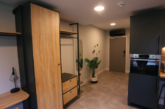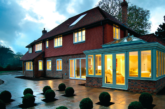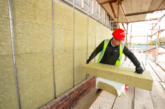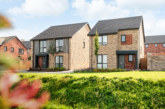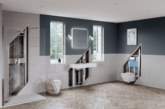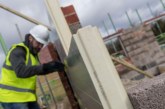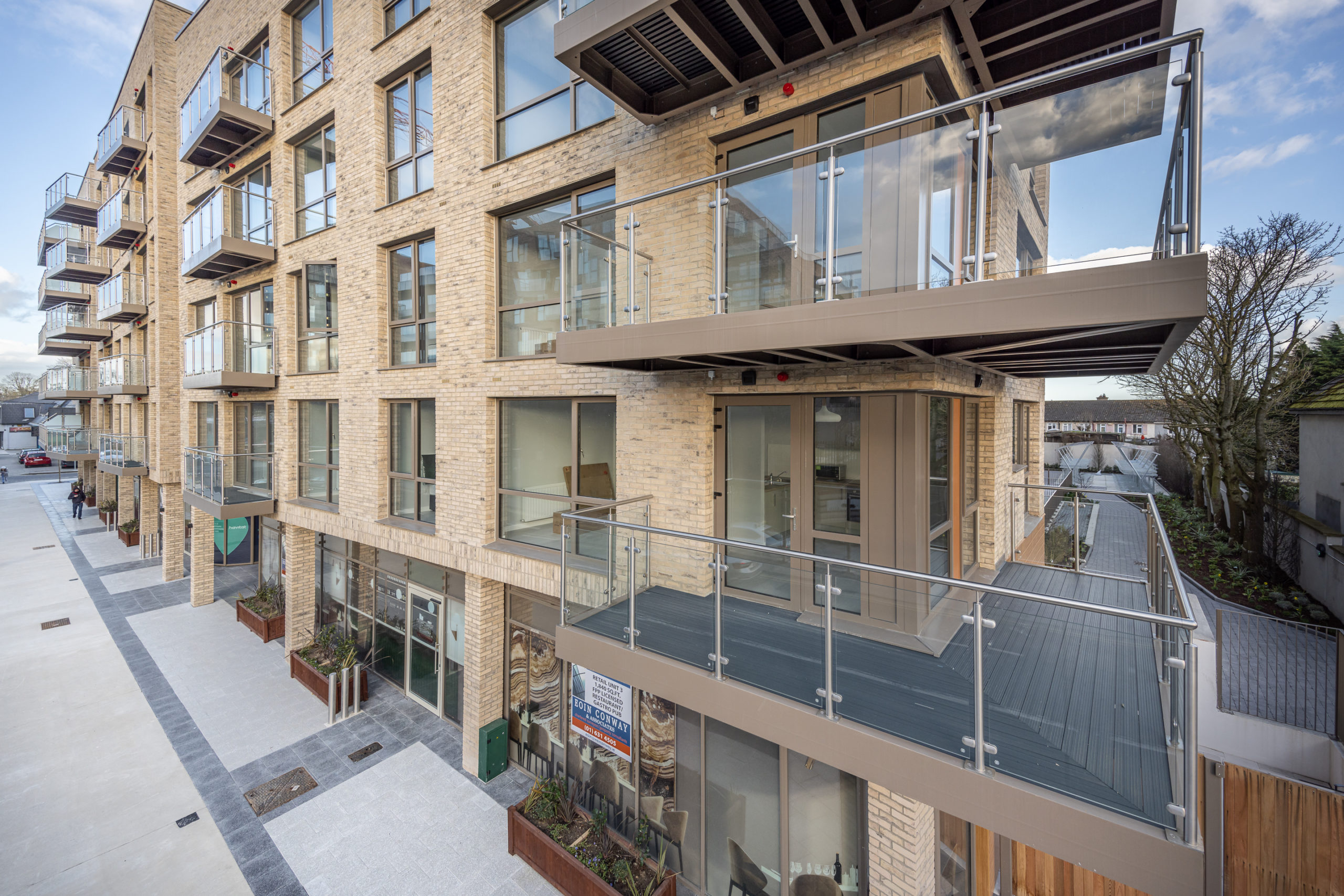
Selecting the appropriate insulation system is important for buildings with solid walls. Here, Matthew Woodhams, technical specification manager at Baumit, explores the benefits offered by breathable external wall insulation.
With a growing awareness of the importance of energy efficiency and a better understanding of the breathability of materials, increasing numbers of property developers are opting for external wall insulation (EWI). However, choosing the most appropriate systems requires certain considerations.
The first of these is gaining an understanding of the breathability factor in external wall insulation. When we refer to the breathability of building materials, we are specifically addressing their ability to allow moisture to pass through the walls without being trapped. When moisture becomes trapped inside a building, it can lead to issues like condensation, mould growth, and ultimately, poor indoor air quality.
This moisture is generated within the home through everyday activities such as cooking, laundry and bathing. It has long been recognised that breathable materials facilitate the free movement of this moisture to the exterior, thereby minimising issues with trapped moisture. Breathability is therefore a key factor in selecting all types of insulation, including an EWI system.
Thermal performance is also an obvious consideration when comes to EWI. The goal is to maintain a higher temperature across the entire insulation system than the dew point temperature of the water vapour. This means keeping the walls warm enough to prevent condensation. Vapour control layers can be installed on the warm side of the insulation to slow the rate of vapour entering the wall. However, it is essential to eliminate thermal bridging to prevent the formation of cold spots where condensation can occur. A well-planned ventilation strategy and regular heating during colder weather are also important for maintaining warmer walls and preventing condensation.
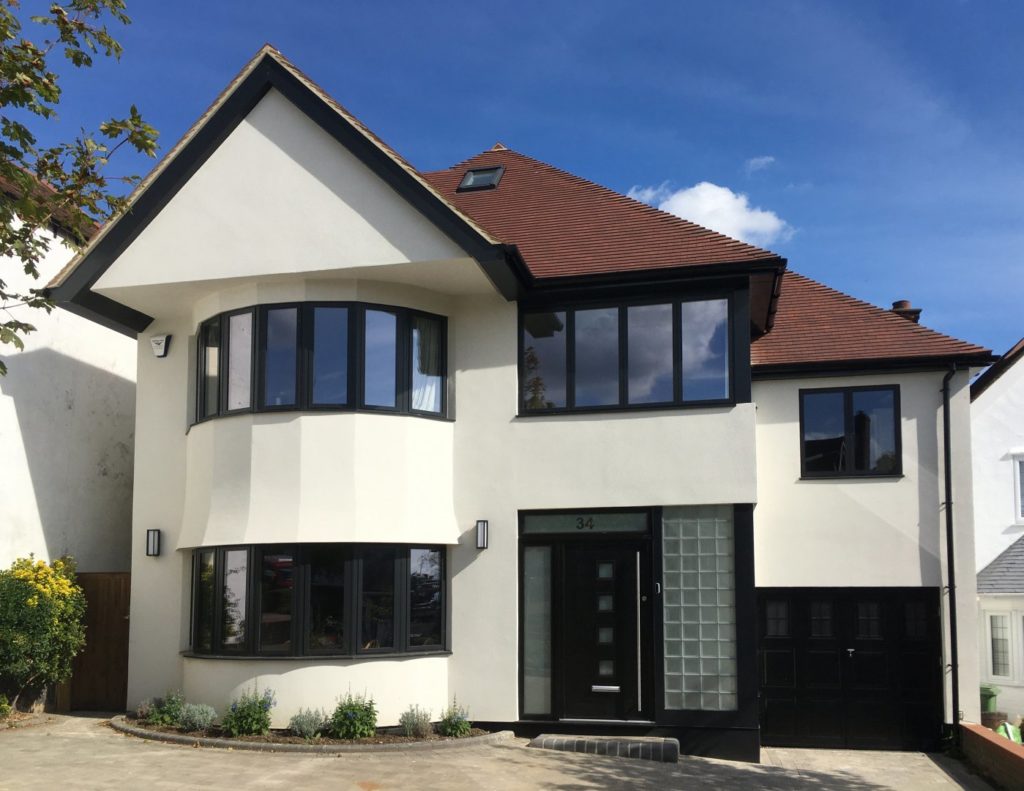 One of the main benefits of using EWI is its ability to significantly improve a building’s energy efficiency while avoiding loss of internal living space. This is especially advantageous for properties with solid walls and limited square footage, allowing developers to maximise living areas without compromising energy efficiency.
One of the main benefits of using EWI is its ability to significantly improve a building’s energy efficiency while avoiding loss of internal living space. This is especially advantageous for properties with solid walls and limited square footage, allowing developers to maximise living areas without compromising energy efficiency.
In addition, when developers renovate existing properties with solid walls, EWI allows the walls to contribute to the building’s thermal mass by storing and releasing heat. By using breathable insulation materials with high thermal mass properties, such as wood fibre, the system can absorb and release heat, creating a ‘thermal store’ effect like a battery that helps to balance temperature fluctuations. This means that houses with good external insulation using components with high mass are better at storing energy and maintaining optimal temperature levels.
It’s worth bearing in mind that as well as improving energy efficiency, breathable EWI systems act as a protective barrier against the elements, preventing moisture ingress and providing sound insulation. This is an effective way of extending the overall lifespan of these elements by protecting the underlying structure.
 Choice of material for EWI
Choice of material for EWI
When choosing a breathable EWI system, several factors should be considered, including the insulation material, compatibility with the existing wall structure, aesthetic finish, and long-term performance.
Natural, breathable materials like wood fibre are excellent choices for achieving breathability and thermal performance in EWI systems. Wood fibre insulation can hold a significant amount of water vapour without compromising its thermal properties or structural integrity. It gradually releases any stored moisture as external temperatures improve, creating a dry and healthy internal environment.
Also available are EPS external wall insulation boards with ‘OpenAir’ technology, ensuring high vapour permeability and allowing for external release. This provides a highly breathable insulation system with all the installation advantages of standard EPS boards.
It is essential that developers check with their chosen supplier’s technical team to ensure that the EWI system is compatible with the existing wall structure. Different systems may have specific requirements for fixing methods, surface preparation, and compatibility with other building components.
The aesthetic finish of the EWI system is another consideration. The choice of render or cladding can significantly impact the property’s visual appeal with prospective tenants. Lime-based renders are often recommended for their natural, eco-friendly, and breathable properties. One of the key benefits of lime is its breathability as it helps to prevent damage caused by trapped moisture.
Lime-based renders also have a natural composition, making it an environmentally friendly option that many property developers prefer. It has a lower carbon footprint compared to other types of renders.
The way forward
Natural, breathable EWI and facade render systems can provide long-term cost savings through reduced energy bills for tenants and less maintenance for property developers.
The fact that landlords are now required to obtain an Energy Performance Certificate (EPC) before they can rent out a property is encouraging them to consider the benefits of EWI.
By setting a minimum standard for energy performance, the government is trying to incentivise property developers to invest in sustainable and environmentally friendly practices.
With the right EWI insulation system in place, buildings with solid walls can act like a battery, absorbing, storing and releasing energy. It creates spaces with a high thermal storage mass, meaning overheating in summer is much slower to occur, and heat is retained internally during the colder months.
More information on breathable EWI



